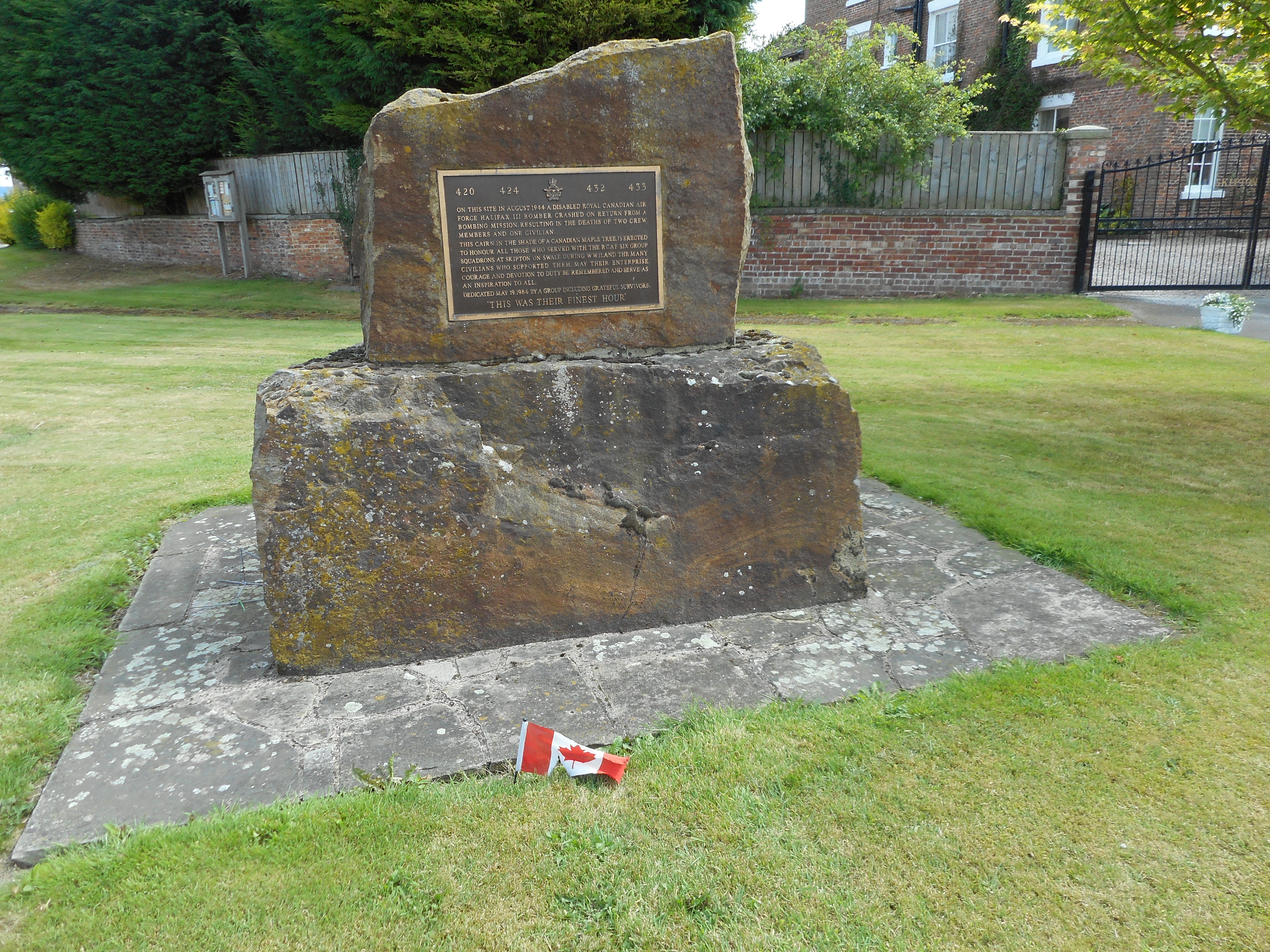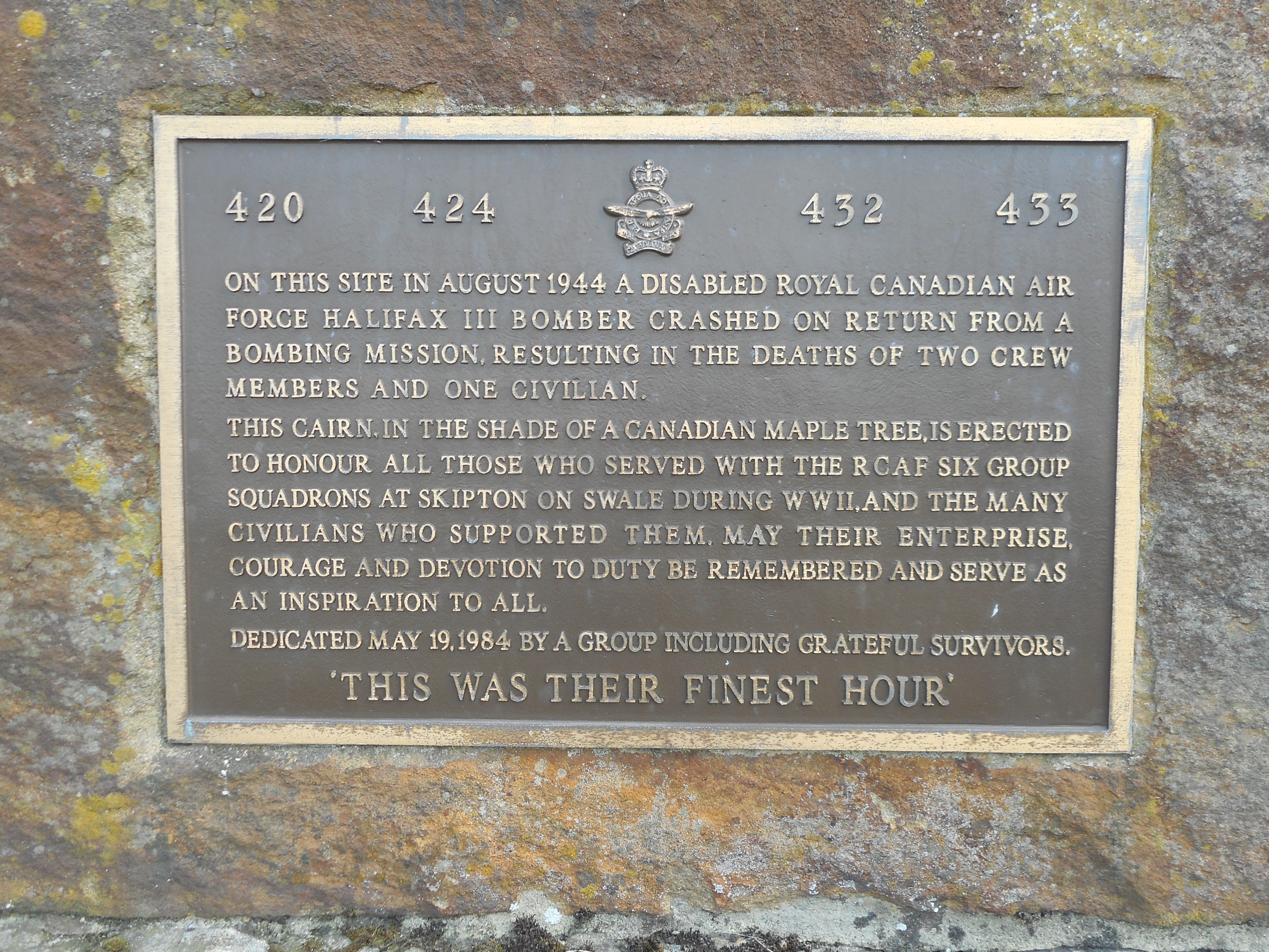Atchison, John Melford
Personal Information
| Rank | P/O |
| Forename(s) | John Melford |
| Surname | Atchison |
| Gender | M |
| Age | 23 |
| Date of Death | 05-03-1945 |
| Next of Kin | son of Melford Burton Atchison and Dorothy Elizabeth Atchison (née Couvier), of Waskada, Manitoba |
Aircraft Information
| Aircraft | Avro Lancaster I |
| Serial Number | NG458 |
| Markings | QB-H |
Memorial Information
| Burial/Memorial Country | Germany |
| Burial/Memorial Place | Berlin 1939-1945 War Cemetery |
| Grave Reference | Coll. grave 13. A. 5-7. |
| Epitaph |
IBCC Memorial Information
| Phase | 2 |
| Panel Number | 124 |
Enlistment Information
| Service Number | J/95411 |
| Service | Royal Canadian Air Force |
| Group | 6 |
| Squadron | 424 (Tiger) |
| Squadron Motto | Castigandos castigamus (We chastise those who deserve to be chastised) |
| Trade | Air Gunner |
| Country of Origin | Canada |
Other Memorials
| Location | Atchison Lake, Manitoba; 10km east of Nueltin Lake |
| Country | Canada |
| Memorial Type | Lake |
| Memorial Text |
| Location | Village Green, Skipton on Swale, North Yorkshire |
| Country | United Kingdom |
| Memorial Type | Memorial Stone, inscribed Metal Plaque & Maple Tree |
| Memorial Text | A memorial to the Canadian personnel who served at RAF Skipton on Swale during WW2, including 424 Sqn RCAF |
Miscellaneous Information
| The whole crew were about half way through their tour |
| John was born on 26 May 1921 at Waskada, Manitoba. His father was a farmer, born in Manitoba and his mother born in Ontario. He had two brothers James Alexander and George Henry. John went to school in Waskada from 1929-1938 and completed High School Entrance Grade V111 (8). He worked at home on his father’s farm for several years and then enlisted on 10 July 1941. The sports he was interested in were baseball and hockey and his hobbies were driving, engines and trucks. |
| After training, he embarked from Halifax on 25 May 1944 and arrived at 3 PRC in England on 3 June 1944. He was then at 24 OTU 27 June 1944, 61 Base 20 September 1944 and 424 Squadron on 13 November 1944. |
Commonwealth War Graves Commission
The National Archives
| Record of Events (Operational Record Book) AIR 27/1835/28 |
| Summary of Events (Operational Record Book) AIR 27/1835/27 |
Fellow Servicemen
Please note that this list gives all the losses aboard the quoted aircraft and occasionally these may have occurred on an earlier date when the aircraft was not itself lost. Please check the dates of death carefully.
Last Operation Information
| Start Date | 05-03-1945 |
| End Date | 06-03-1945 |
| Takeoff Station | Skipton on Swale |
| Day/Night Raid | Night (62% moon) |
| Operation | Chemnitz- continuation of Operation Thunderclap. 760 aircraft. Severe icing conditions over home bases cost 9 aircraft, especially from 426 Sqn. A further 22 aircraft were lost on the operation. The centre and south of the city were badly damaged by fire. Several important factories were destroyed, including the Siegmar tank engine plant. |


